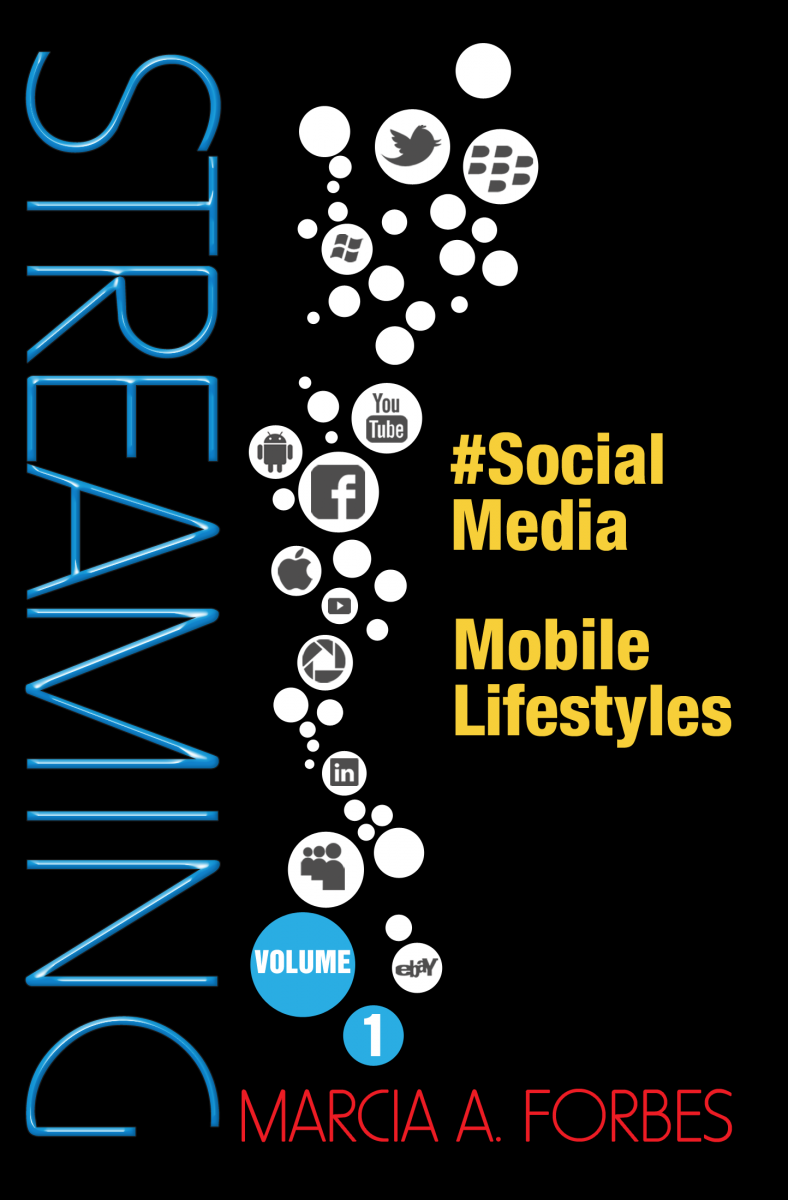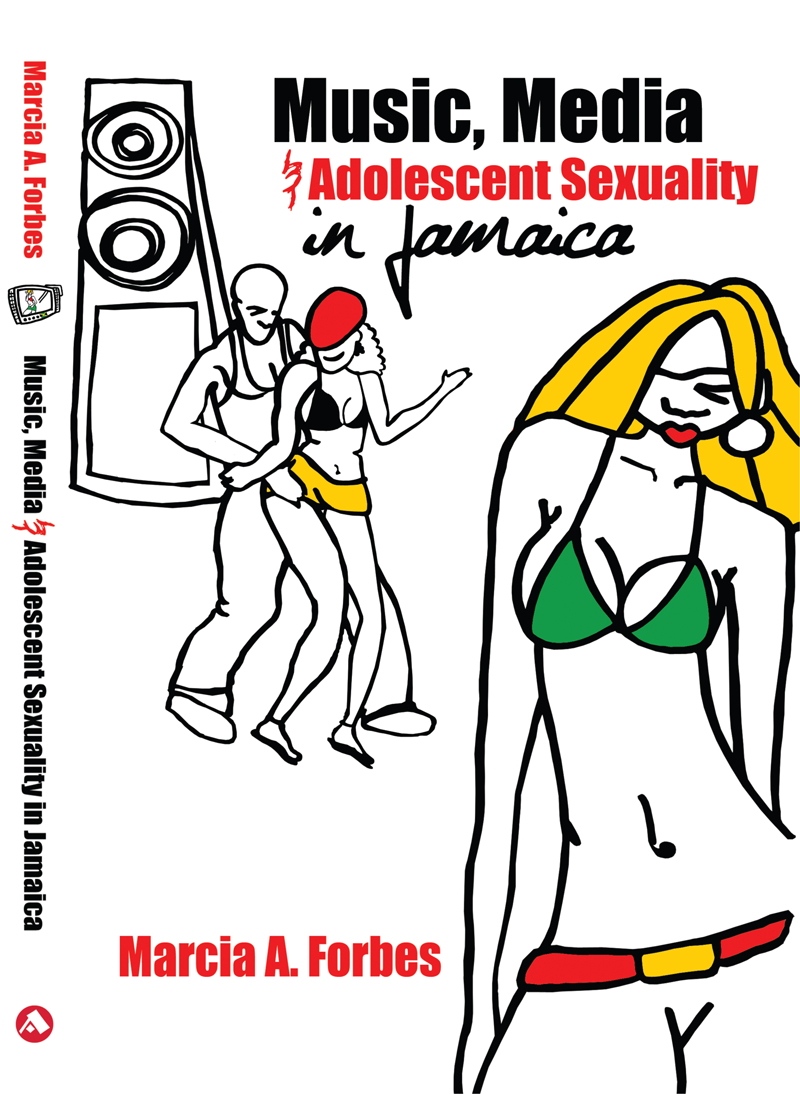Jamaica to the World via the Internet
Using the internet changes how people relate to each other and with the wider world. It also changes how people use the media, all media, including radio, TV, newspapers and cell phones. Media houses in Jamaica have wised up to this and so for the first time the MRSL Media Survey (2009) included data pertaining to internet use.
Eighty percent (80%) of the 937,000 internet users in the survey of just over 2,000 persons said they used the net for ‘research and information’. This compares to 63% who used it for emails. Entertainment news and updates ranked third, with 48% using the internet for these activities. Females logged on a bit more than males, 480,000 versus 457,000, respectively.
Looking at the age profile of internet users, not unexpectedly, youths stood out with 15 to 19 year olds being the most avid surfers/internet users. They accounted for about 20% of users, closely followed by the 25 to 34 year olds at 19.7%. Next were the 10 to 14 year olds who accounted for about 17% of users.
The dramatic fall off of internet usage among 20 to 24 year olds, with only about 14% of them reportedly using the net, warrants probing. I find it strange that this age group, having logged on at an earlier age would now forego the net to the extent that consumption would fall so precipitously from 20% among 15 to 19 year olds, to a mere 14% of 20 to 24 year olds.
Additionally, 20 to 24 year olds would be the bulk of university undergrads or persons pursuing some sort of tertiary education and who would rely on the internet for the aforementioned research and information. Something smells fishy. Perhaps the assumption that the sample is representative of the population of internet users in Jamaica can be challenged. Perhaps a typo occurred. I do not know. Since another media survey is about to be made public, I will await those findings.
Unfortunately, the researchers lumped persons 45 years and over into a single category of users. This is decidedly unhelpful. I am totally different from my father’s generation re internet use. Even with 60 being the new 40 (so they say but I don’t believe), use of the internet by 45 year olds is quite likely to be different from use by 65 year olds. This is notwithstanding the fact that internationally the faster growing use is among 55 to 65 year olds.
Another grouse with the media survey was that having heard that 80% used the net for ‘research and information’; I wanted to know how the researchers defined this category. Perhaps I didn’t search hard enough but couldn’t find this anywhere in the document. The information that 63% of the sample indicated using the internet for emails, also left me with more questions than answers. Were these emails sent or received? Were they business correspondence or private communication?
Another thing with the survey that left me decidedly dissatisfied was the almost entire focus on the internet in relation to newspaper readers. Although well aware that it was designed to answer other questions and to satisfy the needs of those who commissioned or will pay for it, the survey’s exclusive focus on the relationships between internet use and the print media suggests that the electronic media may not yet have woken up to audience erosion or opportunities based on Jamaicans’ engagement with the internet.
The ‘information’ part of ‘research and information’ is likely to include TV and or radio newscasts. Logging on for ‘entertainment news and updates’ may very well include TV/radio programmes. I have no doubt that a station such as Nationwide Radio is likely to have as many listeners on-line as via its terrestrial feed. Why then only focus on print media and the ways in which the internet may be interrupting or enhancing market share?
Not surprisingly, Kingston Metropolitan Area (Kingston and St. Andrew, Portmore, Spanish Town) accounted for the lion share of internet users, almost half (44%; 408,000). Does this tell us anything about internet access/penetration levels in the rest of Jamaica? Does this help us to answer tough questions about digital divide and the information have and have-nots? Perhaps, perhaps not! Answers revolve around many issues, including population distribution, sample validity and reliability, among others.
Although I may sound altogether dissatisfied with the MRSL survey, I am happy and grateful that it now includes some information about internet users in Jamaica. The newspapers will appreciate the information about readers who access them via the internet. After all, if 10% to 13% of readers are reading one or both of the two morning dailies on-line, this begs for a serious review of the newspaper business model. No wonder there has been much fanfare recently about revamped sites and increased functionality.
While the print media may be getting its act together based on survey data, at the very least the electronic media should insist on the gathering of basic data regarding persons who are watching local television and listening to local radio via the internet. If the figures for potential audience are anything to go by, radio and TV should be concerned. Based on MRSL, for both radio and TV these figures have been declining steadily since 2005, even for international cable TV. It seems that in our ‘Jamaica to the World’, the route is increasingly likely to be via the internet


